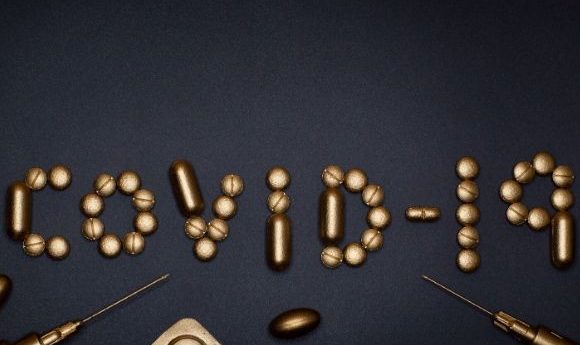Coronavirus: updates to vaccine and therapeutic development

The rapid pace of coronavirus research continues, with these latest vaccine and testing updates
Vaccine development
The first human trial of a vaccine has begun in Seattle (WA, USA), in healthy volunteers. The mRNA-1273 vaccine, developed by Moderna, Inc. (MA, USA), encodes a prefusion stabilized form of the Spike protein. It was selected in a collaboration with investigators from the National Institute of Allergy and Infectious Disease (NIAID) at the NIH and received funding from the Coalition for Epidemic Preparedness Innovations. Moderna is now preparing for a Phase 2 study under an Investigational New Drug application.
The mRNA therapeutics developer BioNTech (Mainz, Germany) has also joined the race for a vaccine and will work with both Fosun Pharma (Shanghai, China) and Pfizer (NY, USA) to develop and commercialize its candidate BNT162. They expect to enter clinical testing by the end of April.
If you would like to keep up to date with our content on coronavirus, you can sign up for our site here, where you can subscribe to our newsletters for free!
CureVac (Tübingen, Germany) is also developing an mRNA vaccine it hopes will start Phase 1 trials in June, although this news has been overshadowed by rumors of an offer to buy the company by the Trump administration – rumors it has abstained from commenting on, but which prompted Germany’s economy minister Peter Altmaier to tell broadcaster ARD “Germany is not for sale”.
Therapeutic development
Regeneron (NY, USA) and Sanofi (Paris, France) are also looking to begin Phase 2/3 trials with Kevzara, a rheumatoid arthritis drug. Aiming to begin in New York City (USA) and eventually enroll 400 patients, the trial will seek to determine whether the drug can reduce fever and the need for supplemental oxygen in those severely affected by the virus.
Kevzara blocks Il-6, similar to Actemra/tocilizumab, which has been cleared in China for use in patients with lung complications and high levels of the protein, which has itself been associated with an increased risk of death in patients with pneumonia – albeit from as-yet un-peer reviewed research.
Testing
US federal officials are moving ahead with plans to address the shortage of testing in the country, through the set up of drive-through test centers and an increase in the speed of processing at commercial laboratories. Vice President Mike Pence has stated that 2000 commercial labs will be able to add tens to hundreds of thousands of tests a week, increasing the nation’s capacity to 1.9 million by the end of this week. However, some experts are skeptical about the feasibility of this goal.
AMSBIO (Oxford, UK) has announced the availability of recombinant S, S1 and ACE2 proteins and antibodies to detect coronavirus.
Discovery
Researchers at The University of Texas at Austin (TX, USA) and the NIAID have imaged the atomic-resolution structure of the virus spike – the part of particular interest to vaccine developers – using a cryo-electron microscope. The structures are publicly available.
Neville Sanjana and colleagues from New York University (USA) have released Cas13 guide RNAs to target the SARS-CoV-2 RNA genome.
Finally, researchers from China have reported findings from a small study, suggesting that coronavirus infection during pregnancy does not pass to the child.